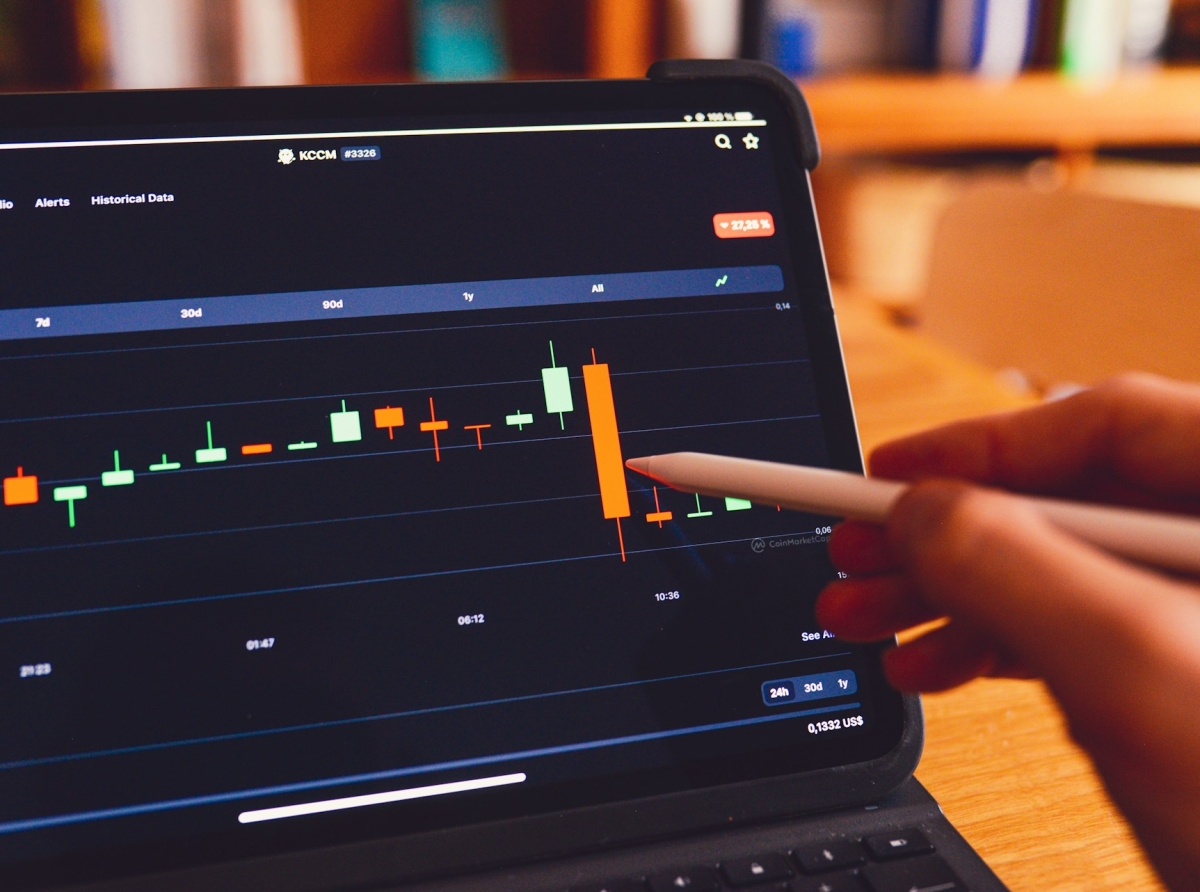Simple and Effective Ways to Identify Trend Reversal in Forex

Simple and Effective Ways to Identify Trend Reversal in Forex
Introduction to Forex Trading and the Importance of Recognizing Trend Reversals
Forex trading, or foreign exchange trading, involves the buying and selling of currencies with the intent of making a profit from price movements. The Forex market is known for its high liquidity and continuous operation, functioning 24 hours a day during weekdays. With such dynamic price fluctuations, one of the key aspects that traders must master is the ability to recognize trend reversals.A trend reversal indicates a shift in the market sentiment that can lead to significant price changes. Identifying these reversals as early as possible enables traders to maximize their chances of entering or exiting positions at optimal points, thereby protecting profits and minimizing losses. Now let’s delve into the tools and strategies traders employ to detect such pivotal market changes.

Simple and Effective Ways to Identify Trend Reversal in Forex
Technical Analysis Tools for Trend Reversal Identification
Technical analysis involves studying past market data, primarily through charts, to forecast future price movements. Several tools can help traders spot potential trend reversals:Moving Averages (MAs): By smoothing out price action over a period, MAs can indicate a reversal when short-term averages cross long-term averages.
Relative Strength Index (RSI): This momentum oscillator measures the speed and change of price movements. An RSI reading above 70 suggests overbought conditions, while below 30 indicates oversold conditions, both of which can precede a trend reversal.
Fibonacci Retracement: Used to identify levels of support and resistance, key Fibonacci levels are often points where reversals may occur.
Candlestick Patterns: Patterns like doji stars, hammers, and engulfing candles can signal impending reversals when they appear at trend extremes.
Head and Shoulders Patterns: This chart formation has a distinctive shape and is considered one of the most reliable indicators of trend reversal.
Fundamental Analysis: Assessing Economic Indicators and Events for Potential Impact on Currency Trends
While technical analysis focuses on charts, fundamental analysis assesses economic indicators and geopolitical events that may influence currency values:Interest Rate Decisions: Central banks’ decisions on interest rates can cause immediate market reactions.
Economic Reports: Data releases such as GDP growth rates, employment figures, or inflation numbers provide insights into economic health and potential currency impacts.
Political Stability: Elections or policy changes may have profound effects on a country’s currency strength.
Global Events: Natural disasters or pandemics can alter economic forecasts swiftly.
Understanding these factors provides context for why a currency might strengthen or weaken which helps in predicting possible trend reversals.
Psychological Aspects: Understanding Market Sentiment and Trader Behavior in Anticipating Reversals
Market psychology plays an integral role in trading. Crowd behavior often drives markets:Herd Mentality: Many traders may follow prominent trends without considering underlying indicators – leading to exaggerated moves ripe for reversals.
Fear and Greed: Extreme fear can lead to sell-offs just as greed might cause unsustainable rallies – both scenarios create opportunities for trend reversal identification.
Market Sentiment Indicators: Tools such as sentiment indexes or Commitment of Traders (COT) reports help gauge whether traders are predominantly bullish or bearish.
Recognizing these emotional drivers can give an edge in anticipating when current trends might pivot.
Practical Strategies for Confirming Trend Reversals and Managing Risk in Forex Trading
Finally, it is crucial not just to identify but also confirm trend reversals before taking action:Wait for Confirmation: Use multiple technical indicators or wait for additional candlestick formations before concluding a reversal is underway.
Diversification: Spread risk across various currency pairs rather than concentrating on one potential reversal.
Risk Management Tools: Employ stop-loss orders or trailing stops to protect investments if predictions are incorrect.
By applying disciplined strategies and maintaining an awareness of psychological influences on market movement, traders can enhance their ability to spot trend reversals effectively while simultaneously managing risk in Forex trading.
In summary, successful Forex trading relies heavily on recognizing when trends are about to change direction. By utilizing technical analysis tools thoughtfully alongside fundamental insights into economic indicators while accounting for psychological factors influencing trader behavior – all wrapped up with practical strategies – traders arm themselves with robust methodologies for identifying those critical moments when trends reverse course.
forex trading, trend reversal, technical analysis, forex strategy









Report
My comments